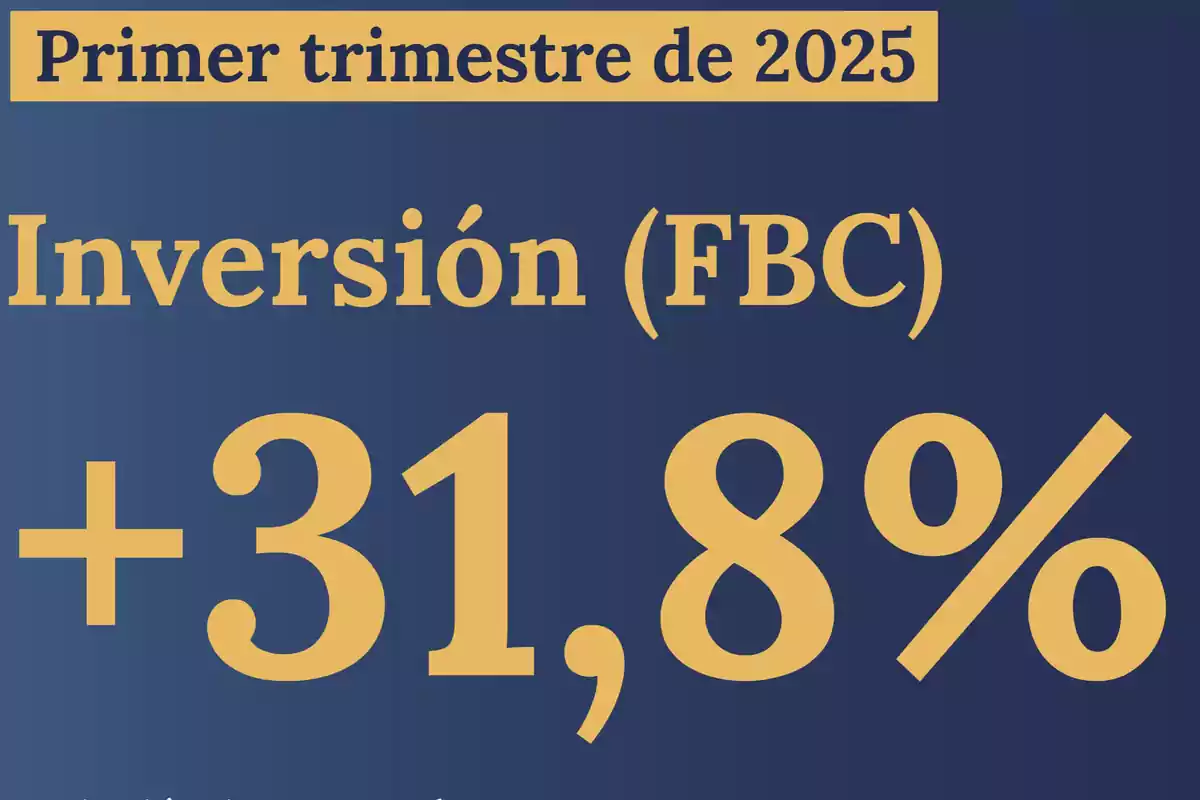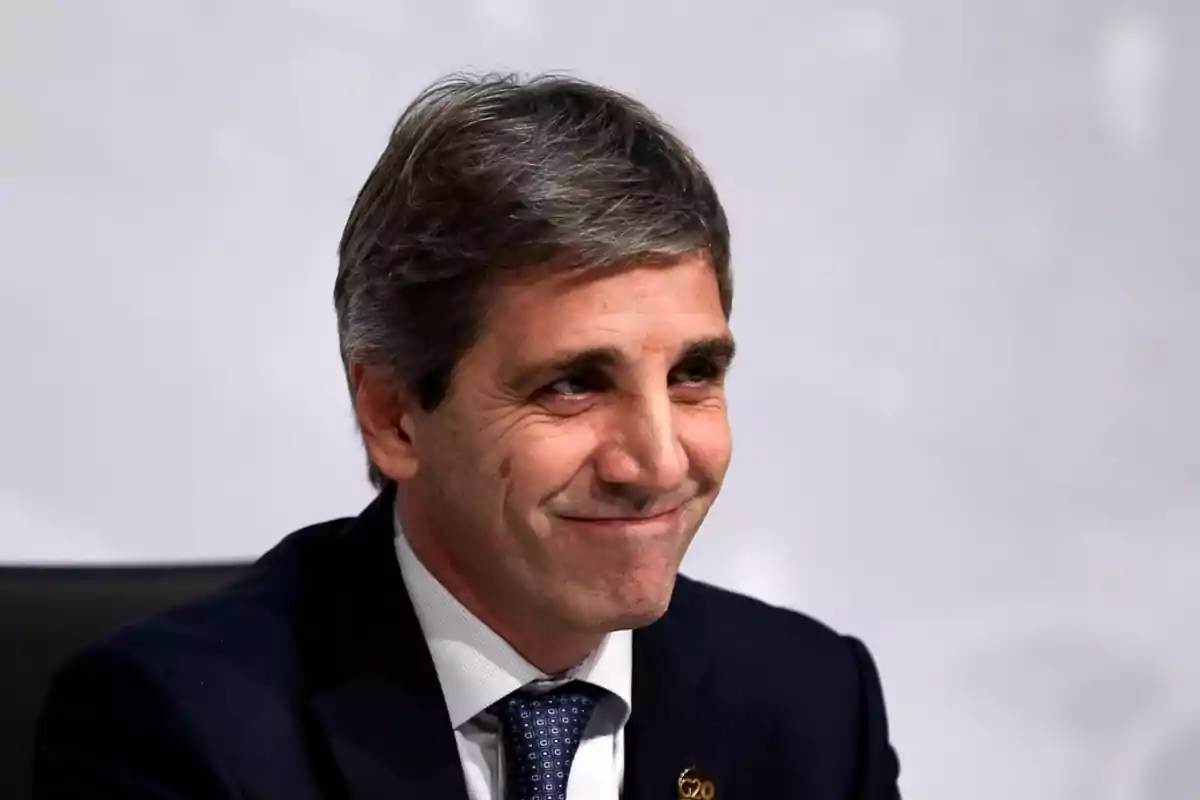
Investment soared: 31.8% increase in gross fixed capital formation
Thanks to Javier Milei's administration, productive investment grew by 31.8% year-on-year
In a context marked by fiscal order, the progressive deregulation of the market, and a change in the rules of the game in favor of predictability, gross fixed capital formation—a key indicator that measures investment—recorded year-on-year growth of 31.8% during the first quarter of 2025, according to the latest official data released by the National Institute of Statistics and Censuses (INDEC).
This investment record comes after years ofchronic Kirchnerist stagnation, capital flight, and disinvestment, and represents the most eloquent sign of the new business climate caused by the national government. The momentum is not limited to nominal figures: it translates directly into more production, more activity, and more formal employment in key sectors.

Investment in equipment and transportation.
The improvement was led by the explosive growth in machinery, equipment, and transportation, showing an ongoing process of productive modernization. Within the machinery and equipment category, the domestic component grew by 19.8%, while the imported component soared by 64.5%. In transportation equipment, the results were even more striking: 79.1% growth in the domestic component and 66.2% in the imported component, figures that consolidate a true investment boom.
Meanwhile, investment in construction grew by 8.4%, while there was a decrease of 8.7% in other types of construction, probably reflecting greater selectivity and efficiency in capital allocation.
The comparison with the previous quarter—seasonally adjusted—is also positive: gross fixed capital formation grew by a solid 9.8% compared to the last quarter of 2024, confirming that this is not a one-off rebound, but rather a sustained upward trajectory.

This progress accompanied the overall GDP growth, which increased by 5.8% year-on-year and by 0.8% in the seasonally adjusted measurement, in line with the reactivation of activity following the macroeconomic correction driven by the ruling party.
"The official GDP data for the first quarter brought a significant correction that many are overlooking. According to the EMAE, GDP had averaged an increase of 1.5%, but the official report adjusted that growth to 0.8%," explained consultant Gabriel Caamaño on his X account. Far from being a sign of weakness, the correction reflects a strong expansion in investment demand over public consumption or exports.
While private consumption grew by 2.9% in the same period and public consumption declined slightly (-0.1%), investment stood out as the most dynamic component of aggregate demand. Meanwhile, exports fell by only 1.5%, reflecting still adverse external conditions.
At the sectoral level, the recovery is accompanied by notable increases in Financial Intermediation (+27.2%), Fishing (+11.6%), and Hotels and Restaurants (+9%), among others. These sectors, linked to both the real economy and services, show that growth is not merely statistical, but is beginning to permeate concrete areas of economic life.
The recovery of investment is perhaps the most revealing sign of the change in expectations that the Argentine economy is experiencing. In a productive structure battered by years of uncertainty, controls, and economic populism, the new paradigm continues to bear fruit.
More posts: